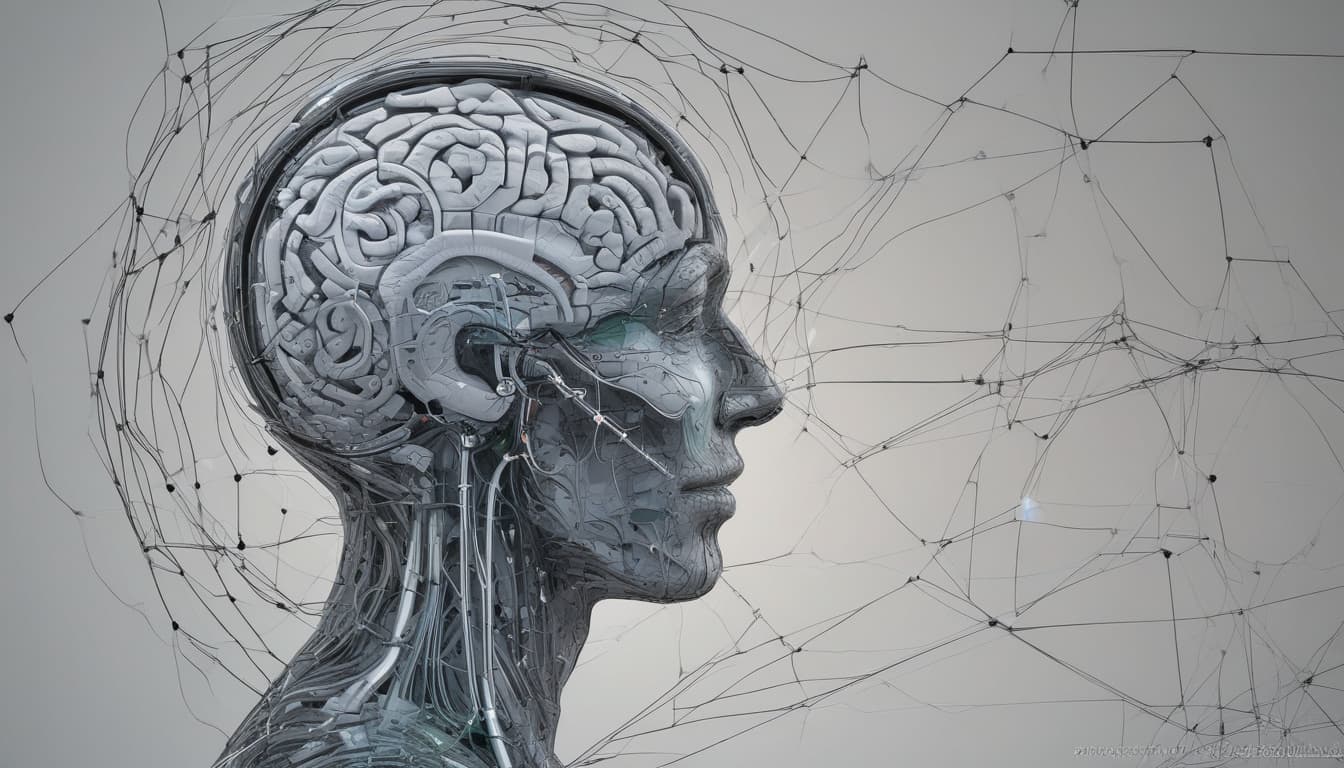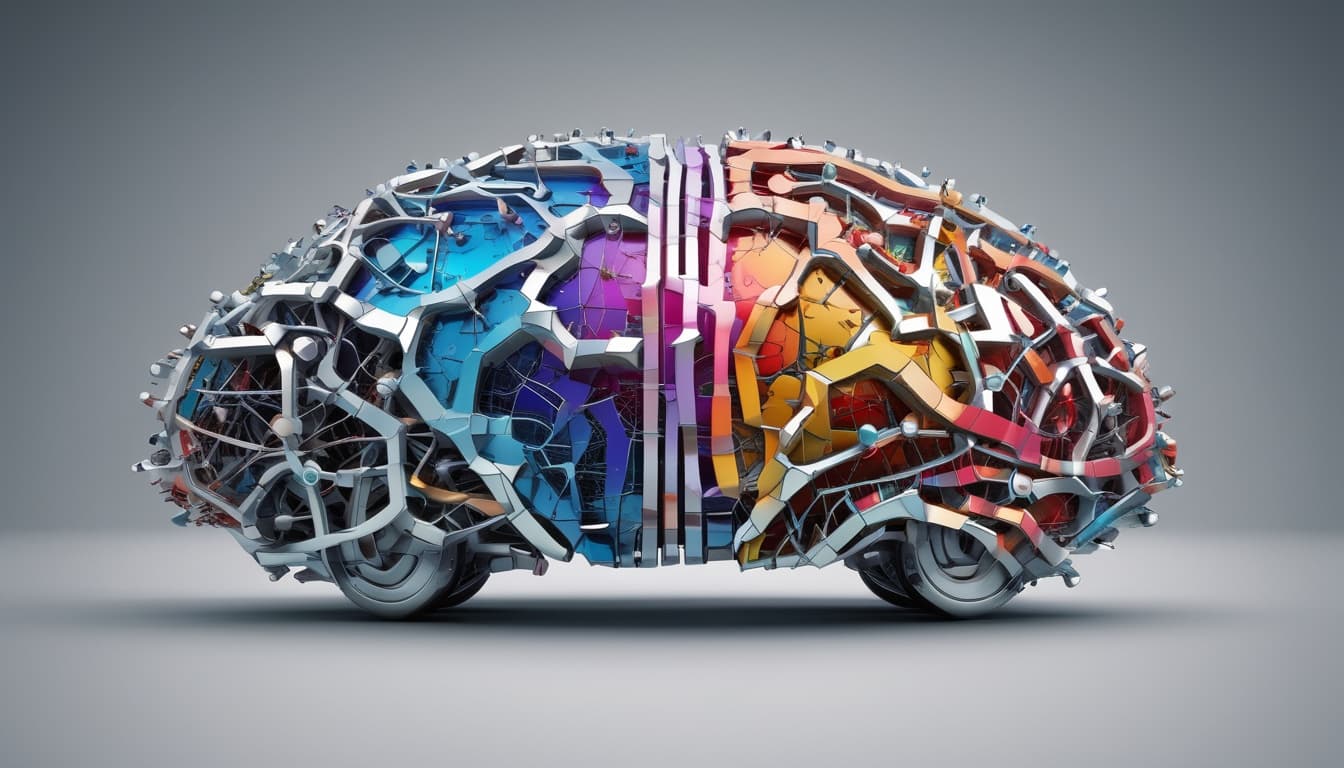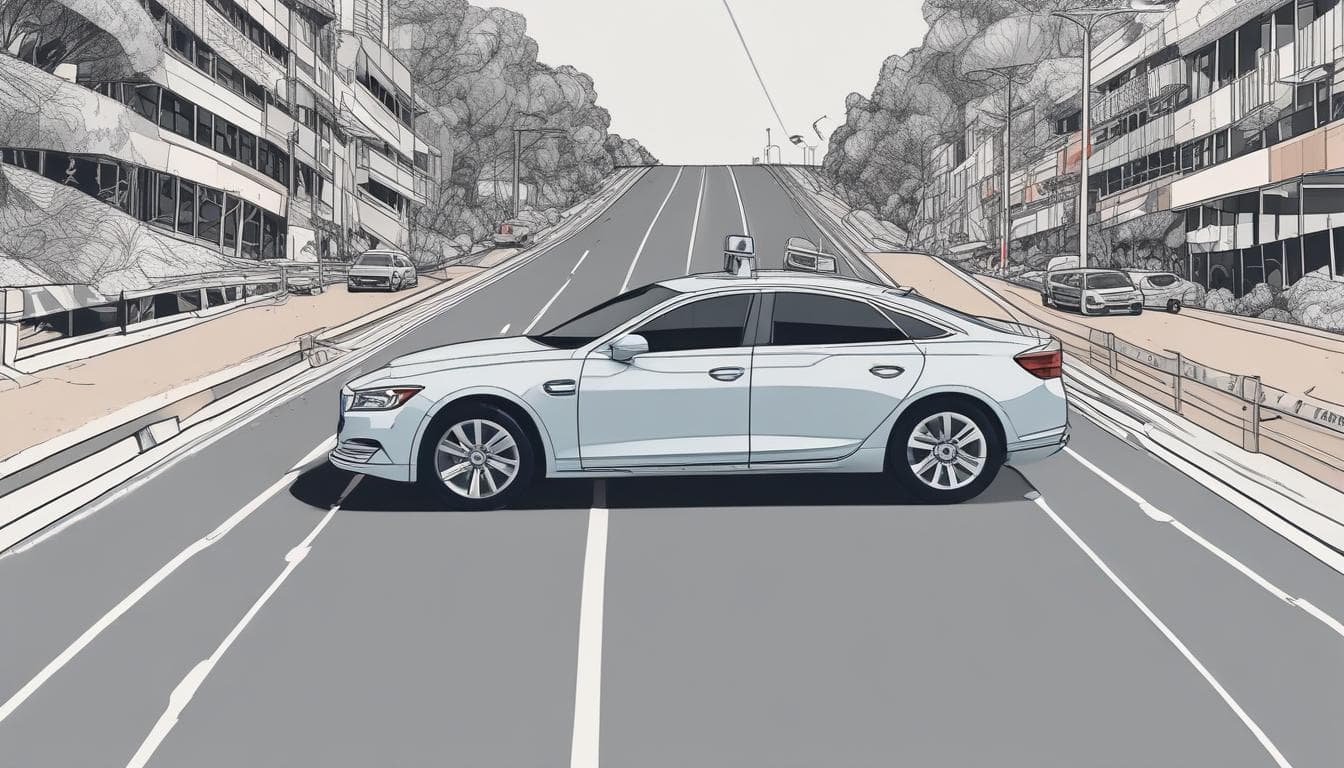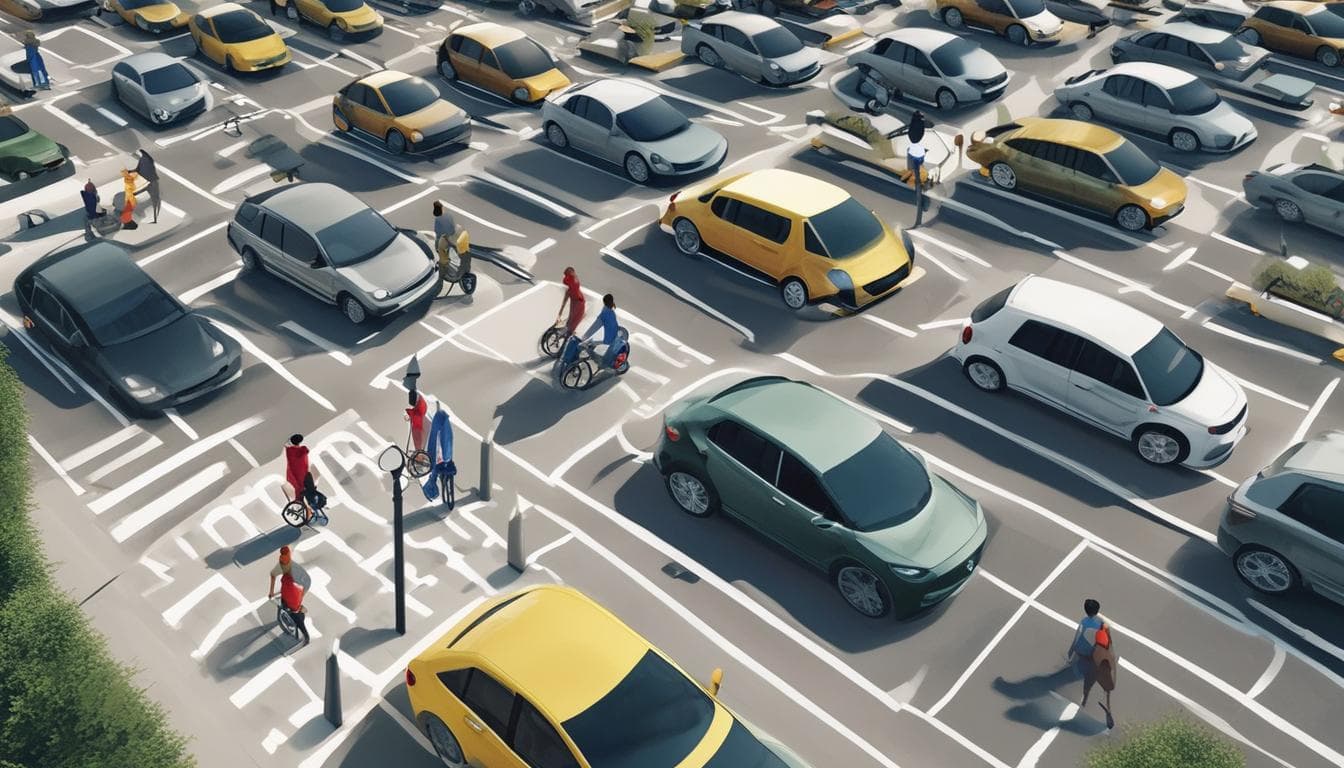The automotive industry is undergoing a profound transformation, driven by electrification, connectivity, and the quest for autonomy. At the heart of this evolution lies artificial intelligence (AI), enabling vehicles to perceive, reason, and act. However, conventional AI approaches, primarily deep learning, face challenges related to power consumption, real-time processing, and handling the complexities of the real world. Enter neuromorphic computing – a paradigm shift inspired by the human brain's architecture and efficiency. This brain-inspired approach promises to unlock new levels of performance and capability for intelligent vehicles, offering a path towards truly cognitive automobiles that are safer, more intuitive, and incredibly efficient.
Understanding Neuromorphic Computing: Beyond Conventional AI
Neuromorphic computing represents a fundamental departure from the von Neumann architecture that underpins most modern computers and AI systems. Instead of processing information sequentially, neuromorphic systems aim to emulate the parallel, event-driven processing of biological brains, leading to significant advantages in specific applications, particularly those involving real-time sensory data and pattern recognition.
What is Neuromorphic Computing?
At its core, neuromorphic computing utilizes Spiking Neural Networks (SNNs). Unlike the artificial neural networks (ANNs) used in deep learning which process continuous values in synchronized layers, SNNs operate on 'spikes' – discrete events that occur asynchronously, much like neurons firing in the brain. This event-based processing means computation only happens when new information (a spike) arrives, drastically reducing power consumption compared to the constant processing required by traditional ANNs. Neuromorphic hardware is designed to efficiently execute these SNNs, often integrating memory and processing units closely together to mimic the synaptic connections between neurons. This architecture allows for massive parallelism and inherent efficiency in handling sparse, temporal data streams typical of real-world sensors.
Key Differences from Deep Learning/Traditional AI
While deep learning has achieved remarkable success, it often requires vast amounts of labeled data for training and significant computational power (especially GPUs) for inference, leading to high energy consumption. Neuromorphic computing offers potential advantages here. Its event-based nature makes it inherently energy-efficient, crucial for resource-constrained environments like vehicles. SNNs are naturally suited for processing temporal data and learning online (adapting continuously), whereas traditional ANNs often require offline retraining. Furthermore, neuromorphic systems promise lower latency response times due to their asynchronous processing, a critical factor for safety-critical applications like autonomous driving. It's a different branch within the broader AI revolution shaping the automotive world, offering complementary strengths.
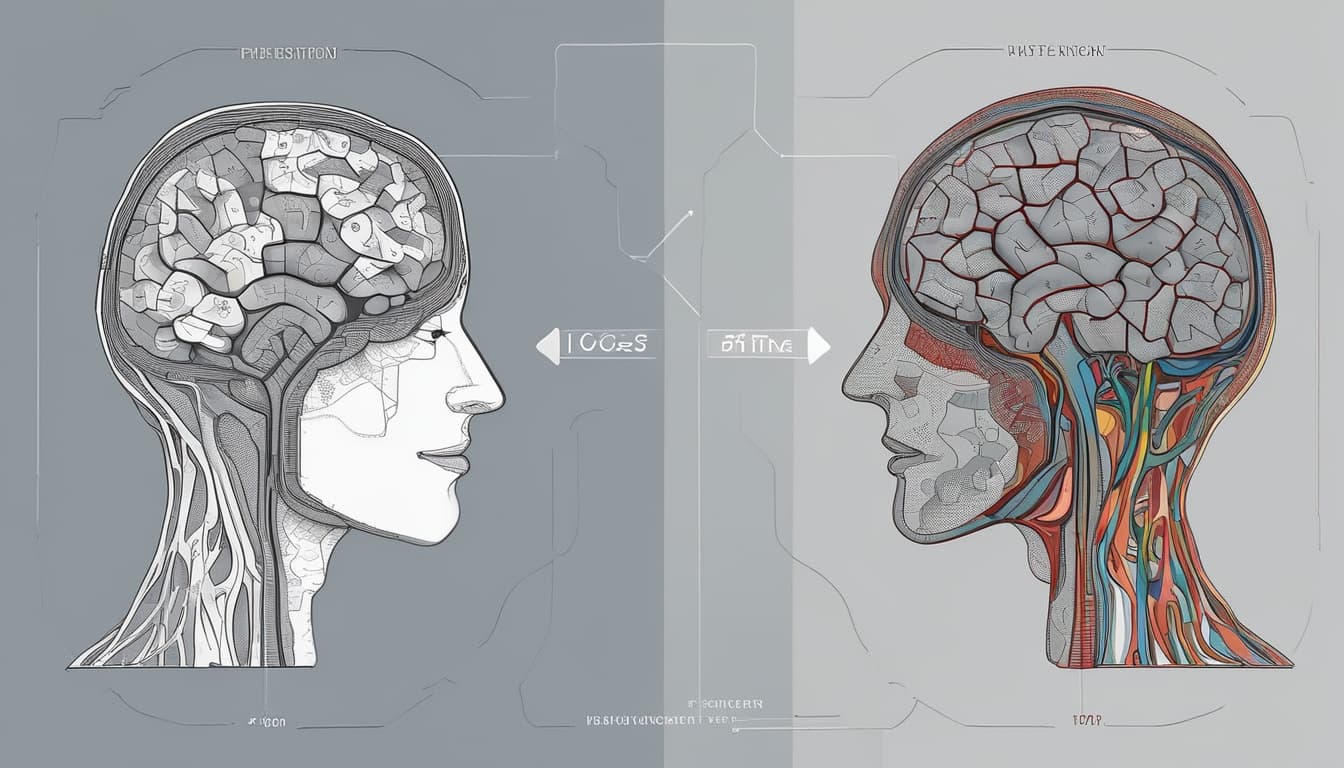
Hardware Implementations: Chips and Architectures
Significant progress has been made in developing specialized neuromorphic hardware. Notable examples include Intel's Loihi research chip, IBM's TrueNorth, and academic projects like SpiNNaker and BrainScaleS. These chips feature unique architectures with thousands or millions of artificial neurons and synapses designed for low-power SNN execution. While still largely in research and development phases, these platforms demonstrate the feasibility and potential benefits of neuromorphic hardware. Integrating such chips into automotive systems requires overcoming challenges related to robustness, scalability, and developing the software ecosystem needed to program and utilize them effectively.
Revolutionizing Autonomous Driving Perception and Decision-Making
The ability of autonomous vehicles (AVs) to perceive their environment accurately and make split-second decisions is paramount for safety. Neuromorphic computing offers compelling advantages in handling the complex, dynamic data streams generated by AV sensors.
Enhancing Sensor Fusion
Autonomous vehicles rely on a suite of sensors – LiDAR, RADAR, cameras, ultrasonic – each generating data with different characteristics and timings. Fusing this disparate data effectively in real-time is a major challenge for conventional systems. Neuromorphic computing's asynchronous, event-based nature is well-suited to integrating information from multiple sensors as it arrives, without the bottlenecks of synchronized processing. It can naturally handle the sparse data from event-based cameras or LiDAR scanners, potentially leading to more robust and efficient perception systems by focusing computation only where changes occur in the environment.
Real-Time Obstacle Detection and Avoidance
The low latency inherent in neuromorphic processing is critical for reacting quickly to unexpected events, such as a pedestrian stepping onto the road or another vehicle braking suddenly. By processing sensor data spikes almost instantaneously, neuromorphic systems could enable faster detection of hazards and quicker initiation of avoidance maneuvers compared to traditional AI pipelines that often involve complex, multi-stage processing. This speed advantage directly translates to improved safety margins on the road, building significantly upon the capabilities seen in current advanced driver-assistance technologies.
Predictive Path Planning and Complex Scenarios
Navigating complex urban environments or unpredictable traffic situations requires more than just reactive obstacle avoidance; it demands predictive capabilities. SNNs running on neuromorphic hardware show promise in learning temporal patterns and predicting future states based on incoming sensor data. This could enable AVs to anticipate the actions of other road users more effectively and plan smoother, safer paths through dynamic environments. The ability to handle uncertainty and adapt learning in real-time could prove crucial for achieving higher levels of driving automation (Level 4 and 5), including the advent of autonomous fleets.
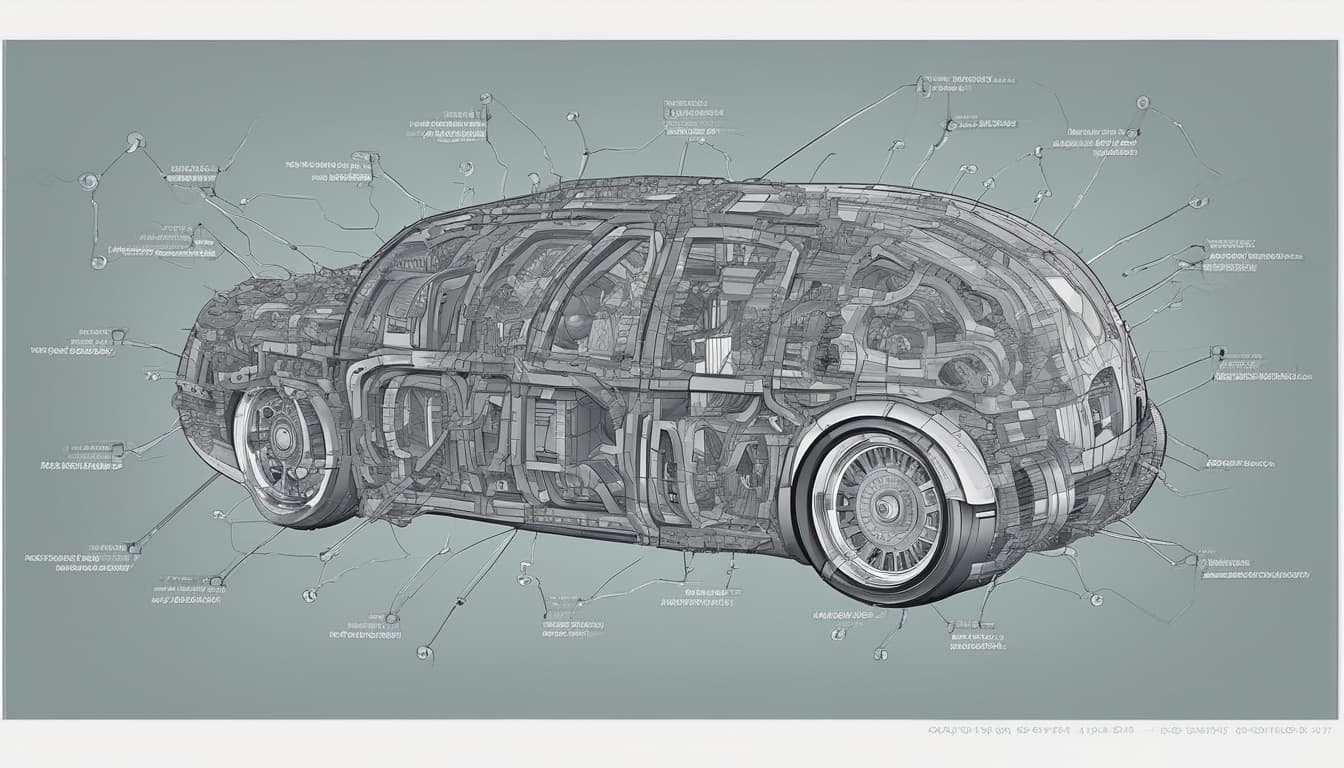
Transforming In-Cabin Experiences and HMI
Beyond driving automation, neuromorphic computing can also enhance the interaction between the vehicle and its occupants, creating more intuitive, personalized, and safer in-cabin environments.
Intuitive Gesture and Voice Recognition
Natural human-machine interaction (HMI) is key to user acceptance and safety. Neuromorphic systems can process speech and visual gesture data with very low latency and power consumption. This enables always-on, highly responsive voice assistants and gesture control systems that feel more natural and less intrusive than current technologies. The event-based approach is particularly effective for recognizing dynamic gestures or subtle changes in speech patterns.
Driver Monitoring and Cognitive State Assessment
Ensuring driver alertness and engagement, especially in vehicles with advanced driver-assistance systems, is crucial. Neuromorphic computing can power sophisticated Driver Monitoring Systems (DMS) that analyze eye movements, head pose, and even physiological signals (if sensors are available) in real-time using minimal power. Its ability to detect subtle temporal patterns could lead to earlier detection of drowsiness or distraction compared to conventional methods. This complements existing efforts focused on creating vigilant vehicles through advanced in-cabin sensing.
Adaptive Personalization
Imagine a car that truly learns and adapts to its driver's preferences and habits over time. Neuromorphic systems, with their potential for online learning and energy efficiency, could enable continuous adaptation of vehicle settings, infotainment recommendations, and HMI interfaces based on occupant behavior and inferred cognitive state. This moves beyond simple profiles towards a deeply personalized environment, aligning with the trend towards hyper-personalized driving experiences powered by AI.
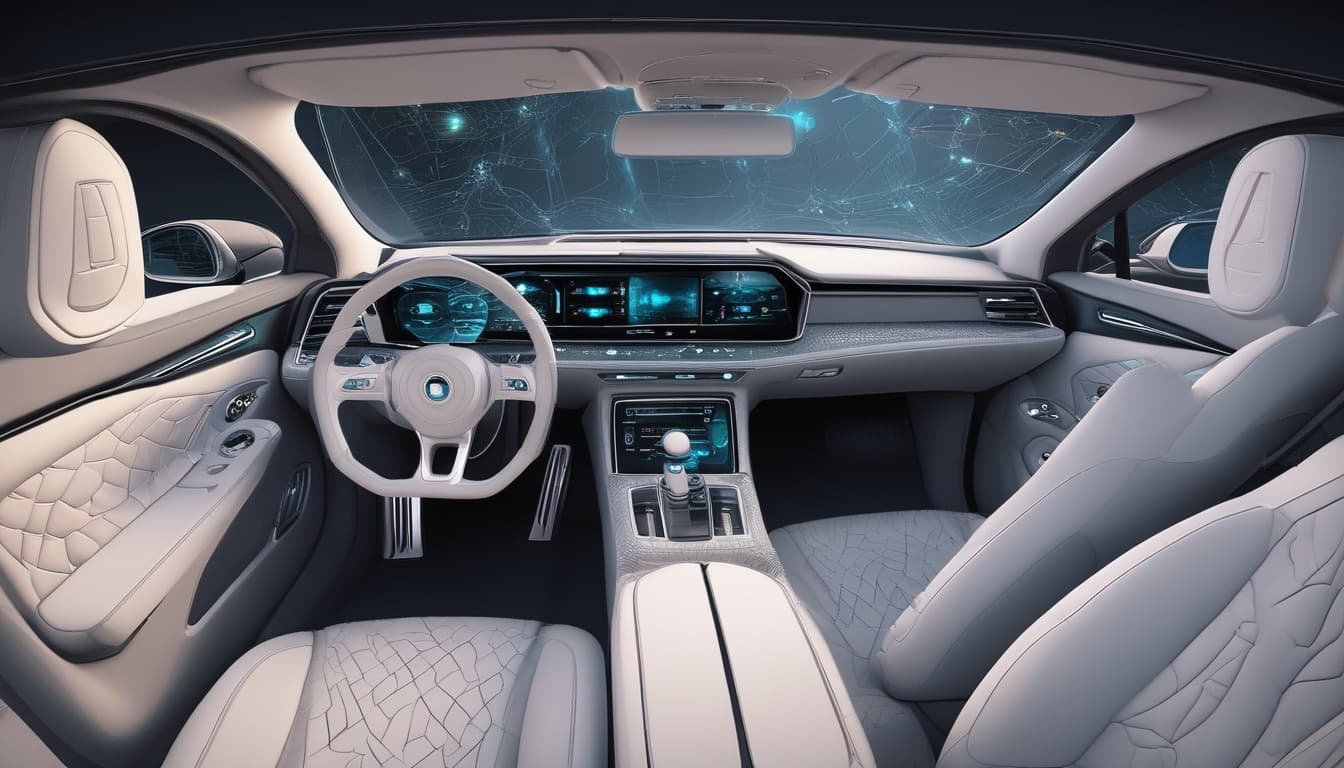
Challenges and Future Outlook
Despite its immense potential, the widespread adoption of neuromorphic computing in the automotive industry faces several hurdles that need to be addressed through continued research and development.
Current Limitations and Hurdles
Developing algorithms and programming models specifically for SNNs and neuromorphic hardware remains a significant challenge. The toolchains and software ecosystems are less mature compared to those for conventional AI. Furthermore, current neuromorphic chips are often specialized and may need co-processors for certain tasks. Ensuring the robustness, reliability, and automotive-grade qualification of this novel hardware is another major undertaking. Scalability and cost-effectiveness for mass-market deployment are also key considerations.
Research and Development Frontiers
Active research is focused on developing more sophisticated SNN learning algorithms, creating user-friendly programming frameworks, and designing more powerful and versatile neuromorphic chips. Hybrid approaches, combining the strengths of both neuromorphic and traditional AI, are also being explored. Collaborations between chip manufacturers, automotive OEMs, Tier 1 suppliers, and research institutions are crucial for accelerating progress. Integrating these systems efficiently often relies on advancements in related areas, such as the deployment of powerful edge computing platforms within vehicles.
The Long-Term Vision: Towards Cognitive Vehicles
The ultimate goal is to create vehicles that possess a level of cognitive understanding akin to biological systems – capable of learning continuously, adapting to novel situations, and interacting naturally with humans. This vision also necessitates careful consideration of ethical AI in autonomous driving. Neuromorphic computing is seen as a key enabling technology for this vision. By processing information more like a brain, future vehicles could achieve unprecedented levels of situational awareness, predictive capability, and intuitive operation, truly blurring the lines between machine and intelligent partner.
Conclusion: Embracing Brain-Inspired Automotive Intelligence
Neuromorphic computing stands as a promising frontier in automotive technology, offering a compelling alternative to conventional AI for tasks demanding real-time processing, energy efficiency, and adaptive learning. Its brain-inspired, event-driven approach holds the potential to significantly enhance autonomous driving perception and decision-making, leading to safer roads. Simultaneously, it can revolutionize in-cabin experiences, making interactions more natural and personalized while improving driver monitoring.
While challenges related to hardware maturity, algorithm development, and system integration remain, the potential benefits are too significant to ignore. As research progresses and neuromorphic hardware becomes more accessible and robust, we can expect to see its gradual integration into automotive systems, initially perhaps in specific functions like sensor fusion or driver monitoring, and eventually playing a central role in the 'brain' of highly autonomous and cognitive vehicles.
The journey towards neuromorphic-powered automobiles is underway. It requires continued innovation, collaboration, and a willingness to embrace new computational paradigms. The development of this technology will be fascinating to watch and will undoubtedly shape the future of mobility.
What are your thoughts on the potential of neuromorphic computing in cars? Join the discussion below and share your insights!
